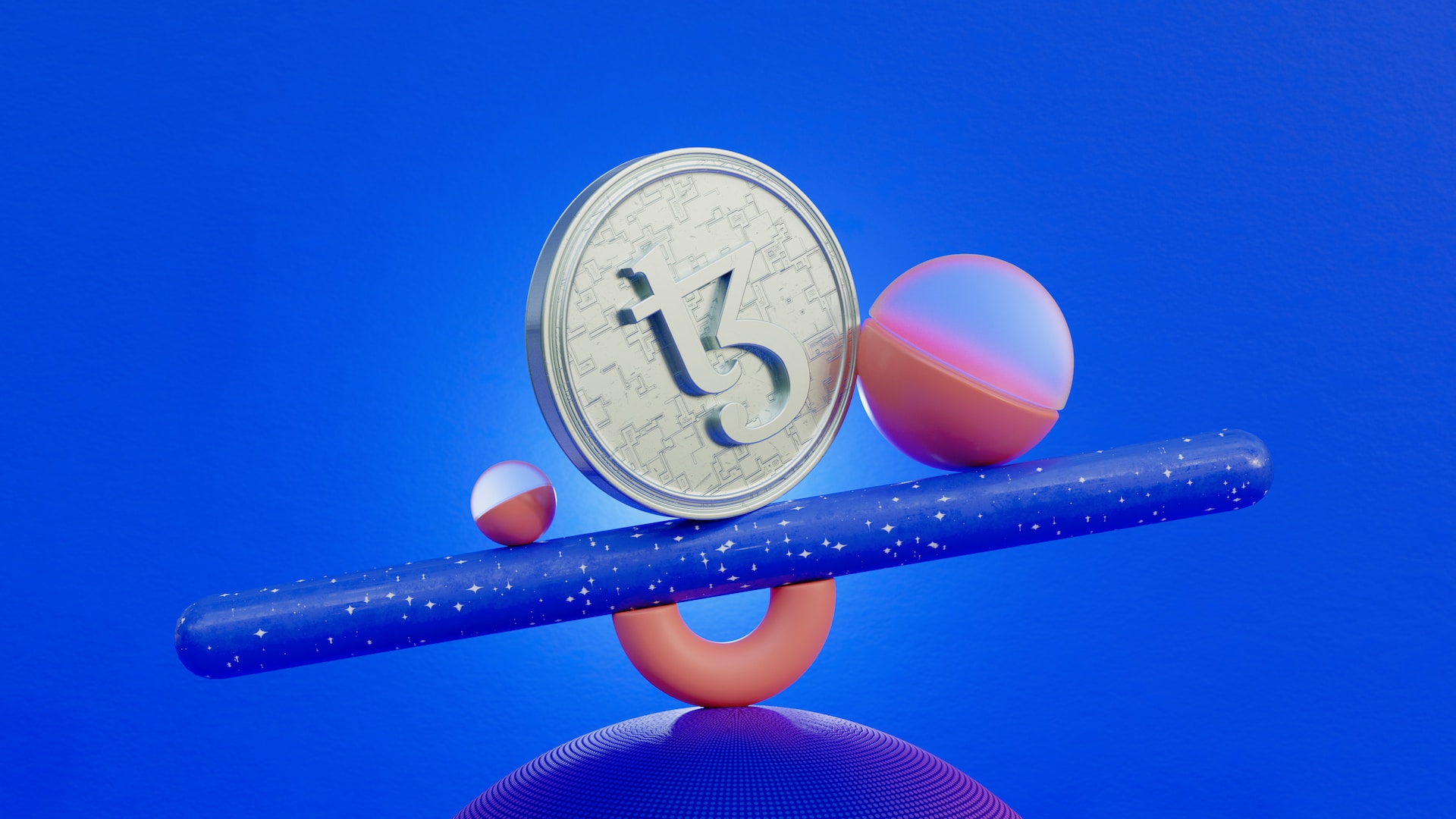NFT Marketplaces make money by charging transaction fees on each NFT sale or purchase and this is the primary source of revenue for them. NFT marketplaces also make money in different ways that I will deeply discuss in this article. The worth of $46 billion NFTs has been transacted in just 2 years through NFT marketplaces. NFTs marketplaces are a very growing business and it’s still expanding. If you are a collector or want to create your own NFT marketplace you might have the question that “How do NFT marketplaces make money”. Let’s deep dive into the revenue model of NFT marketplaces to understand this.
NFT Marketplaces: Ways of how do NFT marketplaces make money:
NFT marketplaces are making money in different ways. Let me tell you each in the detail.
Applying Transaction Fee:
This is the primary way for NFT marketplaces to make money. NFT marketplaces charge a 2 – 5 percent transaction fee on each NFT sale or purchase. Each platform charges a different transaction fee structure according to its rules. Most of the NFT marketplaces charge transaction fees only from the buyer but some of them charge both buyer and seller. So always check the fee structure and fee policy before you make any NFT transaction. There is also a gas fee for each NFT transaction but that goes to miners who facilitate the transaction.
Having specific marketplace tokens:
Some NFT marketplaces have their own tokens to perform NFT sales or purchases. Like Rarible has a $RARI token and SuperRare have its own token. Most amounts of these tokens are held by the NFT marketplace. If the marketplace sells a huge amount of these tokens they can generate a huge amount of revenue. But this is not a preferred way because it will decrease the value of the token in the open market.
Applying Listing Fee:
The listing fee is that you have to pay for updating, deleting, or uploading NFTs to the marketplace. Not All but some of the NFT marketplaces charge a listing fee. This fee is attached on top of the gas fee that you already have to pay in any condition.
Do not forget to research on NFT marketplace before you perform any of the above actions on a marketplace.
Examples – How some top NFT marketplaces generate revenue:
Here I have revealed the revenue models of the top NFT marketplaces.
Revenue model of OpenSea:
OpenSea generates major or primary revenue from the transaction fees. OpenSea charges a 2.5% transaction fee of the total NFT price on each NFT sale or purchase from the buyer. It means if the NFT is sold for 1 ETH, OpenSea will make 0.025 Eth in the transaction. In January 2022, opensea transacted 2.4 million NFTs and generated 82 million us dollars of revenue through the only Ethereum-based NFTs transactions. Solana and polygon NFTs transaction revenue is not included in the above number. Recently opensea got a valuation of $13 billion.
There is also a one-time fee that opensea charges to initialize your first mint on opensea. You have to pay fees to opensea so your wallet and smart contract can interact with each other.
Revenue model of Rarible:
Rarible has a different rule than opensea for charging transaction fees. Rarible charges a 2.5% transaction fee on the total NFT price from the buyer and seller as well. It means if the NFT is sold for 1 ETH, Rarible will make 0.05 Eth in the transaction. Rarible also has its own token for governance and rewarding holders of specific NFTs in this marketplace. The huge amount of this token $RARI is held by the Rarible marketplace. Rarible can also generate revenue by selling this token. Rarible does not charge NFT sellers for minting their NFTs although they have to pay a gas fee that goes to miners who facilitate the minting process.
Rarible offer an amazing feature to buy NFTs through credit/debit card. It also charges a transaction fee on this type of NFT sale.
Revenue model of SuperRare:
SuperRare charges a 3% transaction fee to the buyer for each NFT purchase. It means if the NFT is sold for 1 ETH, SuperRare will make 0.03 Eth in the transaction. SuperRare also has its own token named $RARE. It is used for governance and 7500 tokens were distributed to early adopters and co-founders as well. SuperRare does not charge sellers and NFT artists for minting their NFTs like rarible but the gas fee is charged which is associated with the miners.
Final thoughts:
Above I have given a brief on how do nft marketplaces make money and their revenue models. I hope you have acquired an understanding of the fees structure that the NFTs marketplaces charge you for performing NFTs transactions. I strongly recommend you that always go through the fee structure, fee rules, and FAQs before you choose any platform to buy, sell, or mint your NFTs. Because each platform is different and has a different fee structure, like opensea charges a 2.5% transaction fee, and SuperRare charges a 3% transaction fee.
Gas fees can occasionally change because it depends on a load of transitions on the blockchain network. You can use Anyblock to get an estimate of the gas fee whenever you are about to perform any NFT transaction. I suggest you choose the NFT transaction time wisely because the gas fee depends on it. If you have any queries or suggestions, you can ask in the comments or contact us.






